Car culture as we know it is changing. Autonomous driving cars and on-demand ride sharing are set to change how we work and how we live. sweetgreen Founder Nic Jammet shares his experiences in uprooting his whole business from Washington D.C. and moving it to Los Angeles.
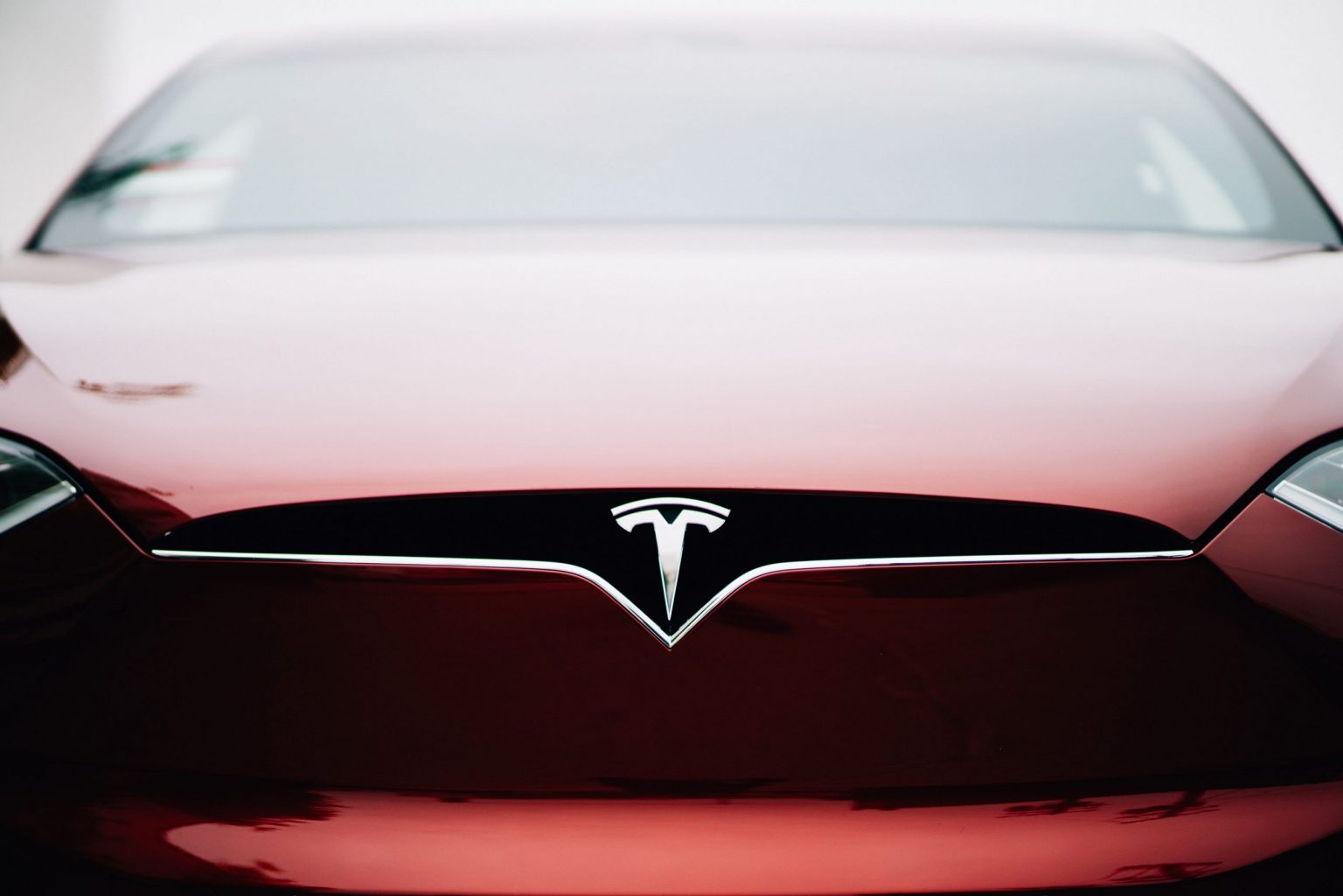
The hood of a Tesla Model X “Founders Edition.”
In 2015, drivers in Los Angeles spent 81 hours in traffic. With the city’s notorious traffic taxing its infrastructure, drivers and commuters alike are forced into a tormenting game of “stop-and-go” on the freeway every day. And when all’s been said and done, those 81 hours are lost forever.
So, how does the future look with the recent changes in autonomous driving vehicles and ride-sharing platforms? Could we be on the brink of a revolution that could make sitting in traffic more bearable? And will this allow people to be more efficient on the go?
In early 2016, sweetgreen, a popular fast-casual salad chain left Washington D.C. for Los Angeles. They’re just one case of many in this creative upheaval, where an increasingly large swath of companies and creatives that has switched coasts. Some have preferred the laid-back lifestyle and sunny skies of LA, while others have chosen to quit the rise and grind hustle of New York City. One of the greatest difficulties associated with the move to the West Coast is the necessary adoption of the car and commuter culture. This inevitably comes with a loss of efficiency due to the unpredictable traffic conditions.
We spent a morning serving as sweetgreen Co-Founder and Co-CEO Nic Jammet’s personal driver and discussing the adaptation to car culture on the West Coast. He talks about the ability to rid yourself of the responsibilities of owning a car and how in turn, it’s created a new and modern relationship within car culture. The commute took place behind the wheel of a Tesla Model X featuring Tesla’s innovative Autopilot feature. While the self-driving car isn’t perfect, it has garnered a lot of interest and discussion with regards to freeing people up, allowing them to focus on other things.
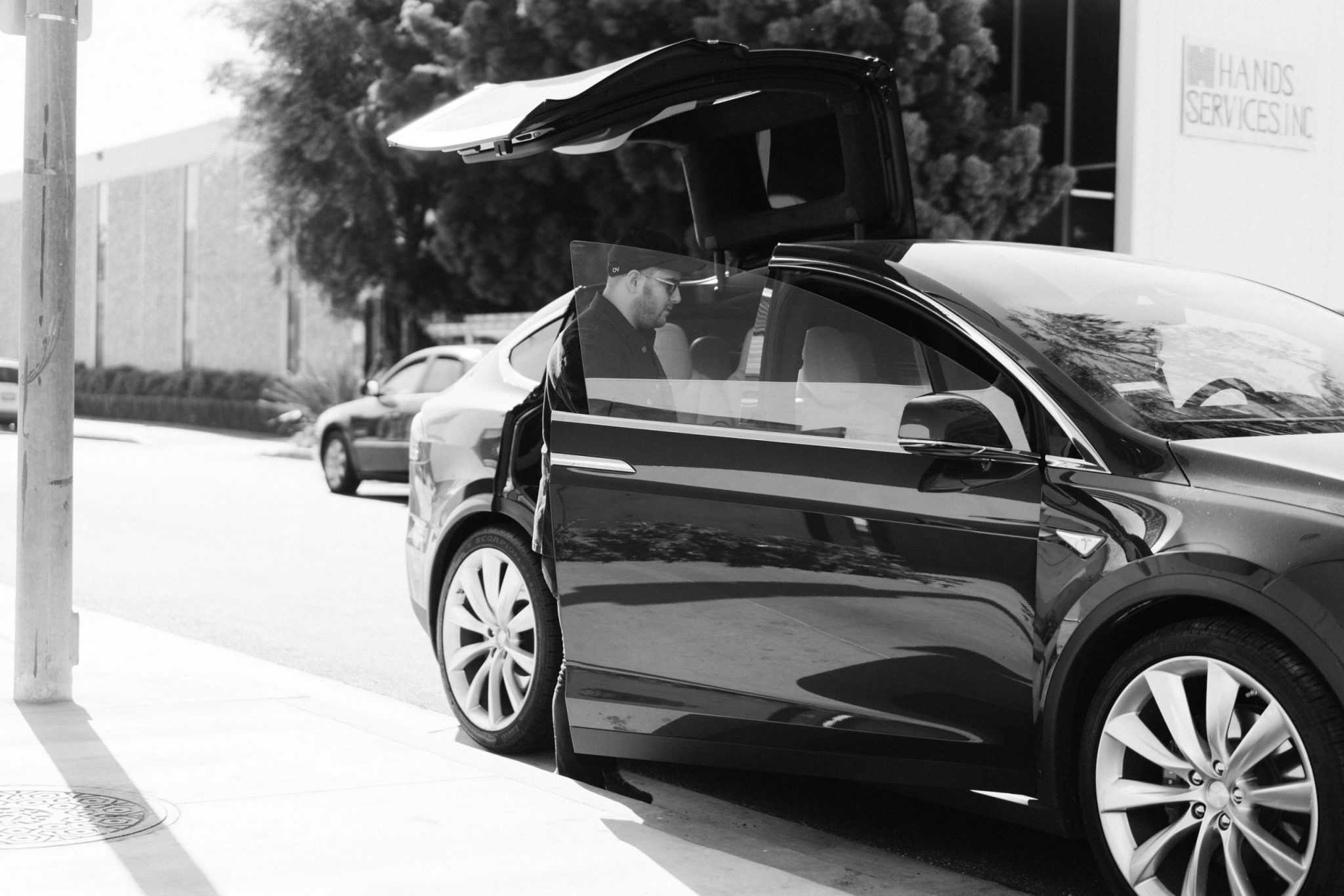
The Tesla Model X gullwing doors extend outside of the sweetgreen offices in Culver City.

Nicolas Jammet of sweetgreen sits shotgun during our interview.
Tesla founder Elon Musk told Fortunemagazine that we can expect a fully autonomous car in two years’ time. Tesla is certainly leading the way as the most notable advocate of commercially available self-driving vehicles. The recent unveiling of the Tesla Model 3, inclusive of Autopilot options, has taken the world by storm with some 300,000 plus pre-orders. While the $35,000 base price is by no means cheap, it is one step further towards the mainstream adoption of autonomous driving.
As many major car and tech companies follow suit in developing driver-less cars/autonomous vehicles, the very thought of a self-driving car is quickly becoming a reality as are the many possibilities for your future commute. That isn’t to say the transition to hands-free operation has been completely without incident, however. The first-ever reported death associated with a car on Autopilot occurred just this year on May 7, 2016. For a technological advancement given relentless praise for defining the future, this certainly represents a serious setback. The source of backlash ranges from understandably-fearful consumer groups to the US federal government requesting a different approach to fine tuning and testing autonomous tech.
For now, the circumstances of this death suggests that human intervention is still very much necessary while Tesla’s Autopilot feature is activated. While the recent death has created a bigger wedge between those eager to push the technology forward and the skeptics, there’s still very much a sense of not if, but when we’ll fully adopt these new developments.
Tesla has often been quick to highlight that its Autopilot feature remains a strictly beta feature and that it was also the unique circumstances of driver attention, the semi-trailer’s set-up, and environmental conditions that all contributed to this incident. And despite the tragedy, Tesla highlights the statistics that suggest that self-driving cars have already had a significant impact on improving road safety. In a press release following the accident, they wasted no time in pointing out the improvement brought on by their technology:
“This is the first known fatality in just over 130 million miles where Autopilot was activated. Among all vehicles in the US, there is a fatality every 94 million miles. Worldwide, there is a fatality approximately every 60 million miles. It is important to emphasize that the NHTSA action is simply a preliminary evaluation to determine whether the system worked according to expectations.”

Interior, driver-side door details from the Tesla Model X.

The gas and brake pedals inside of the Tesla Model X.
“The times have changed. Freedom now looks like an app and a piece of plastic – Lyft or Uber and a credit card.”
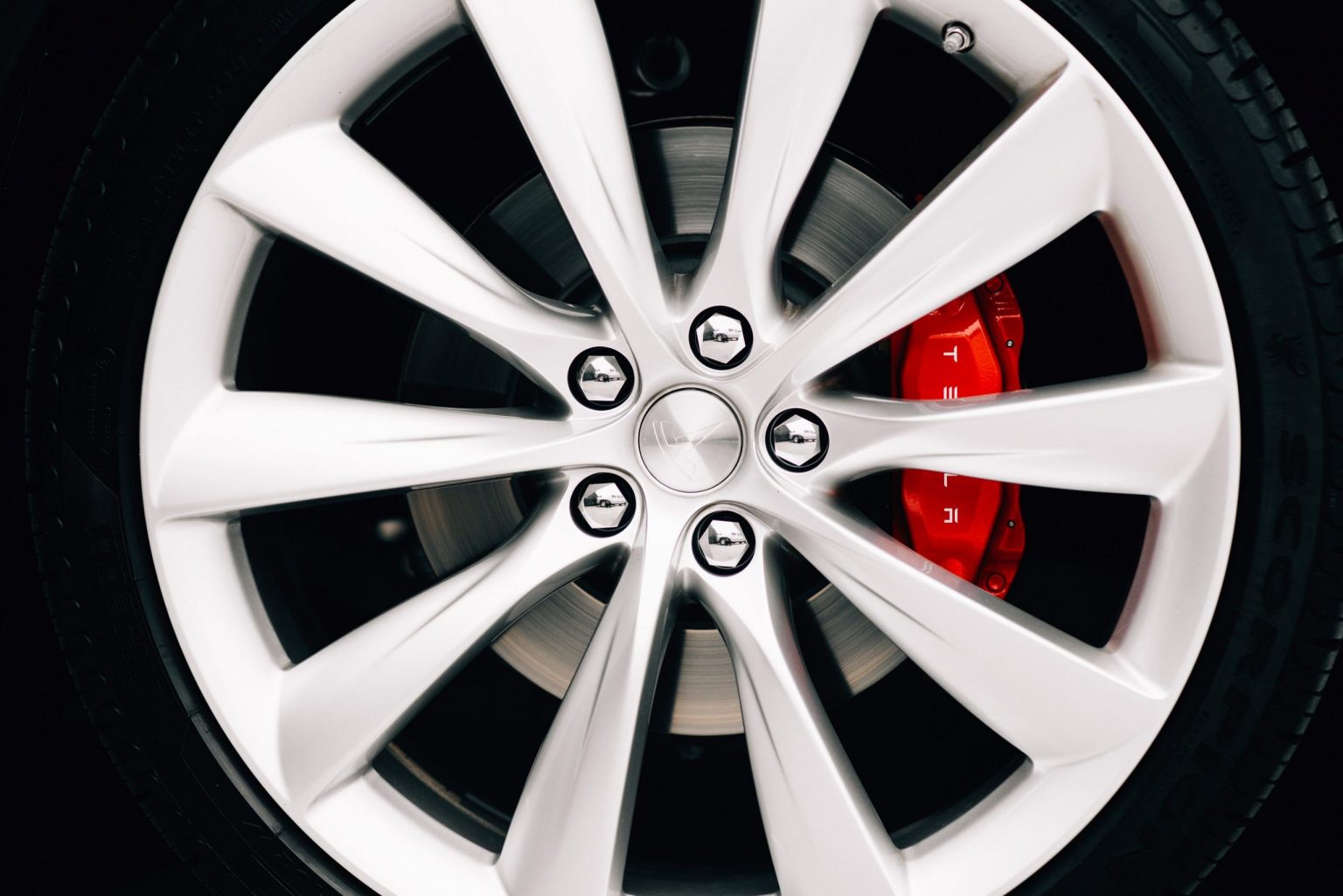
Over the car ride with Nic, we indeed highlighted some of the benefits that come with ridding ourselves of the driving experience, whether through professional (ride-sharing) or technological (autonomous driving) means.
From an urban planning perspective, driving factors heavily into where you live and could quell the un-pleasantries of commuting. Under a different scheme, one could be freer to choose where they lived. According to Nic, living in LA “… really makes you decide where you want to live as opposed to New York where you can live wherever you want,” because of the proximity of most places. Also, for certain people with hectic schedules, there’s a sense of serenity that comes from not having to hop behind the wheel. In Nic’s words, after an intense gauntlet of meetings or work, “having that 15 or 20 minutes where you don’t have to focus on driving and directions… you can take a mental break,” which contributes to a more productive and efficient workflow.
The benefits of this break can also carry over to a night out. For Nic, “the biggest use case is going out at night because all my friends still drive their car to work, but even if the restaurant is down the street, they stop taking their cars out. They know they can go home safely.” While autonomous driving has yet to attain that level of trust, ride sharing currently fills this void. These opportunities are already shifting how we view car culture.
Ever since the widespread adoption of the automobile, especially amongst youth, it’s offered us the ability to venture far and wide. We counted down the days until we turned 16, eagerly awaiting that first tangible signpost on the road to adulthood. The driver’s license. Yet, that culturally-esteemed piece of identification no longer holds the same cultural relevance. Nic mentioned his business partner’s younger sister and how she’d recently turned 16 but didn’t see the need in getting a car or driver’s license -– something that’s still seen as a rite of passage for many suburbanites. The times have changed. Freedom now looks like an app and a piece of plastic – Lyft or Uber and a credit card.
Disclosure: Nic Jammet is an advisor to MAEKAN.
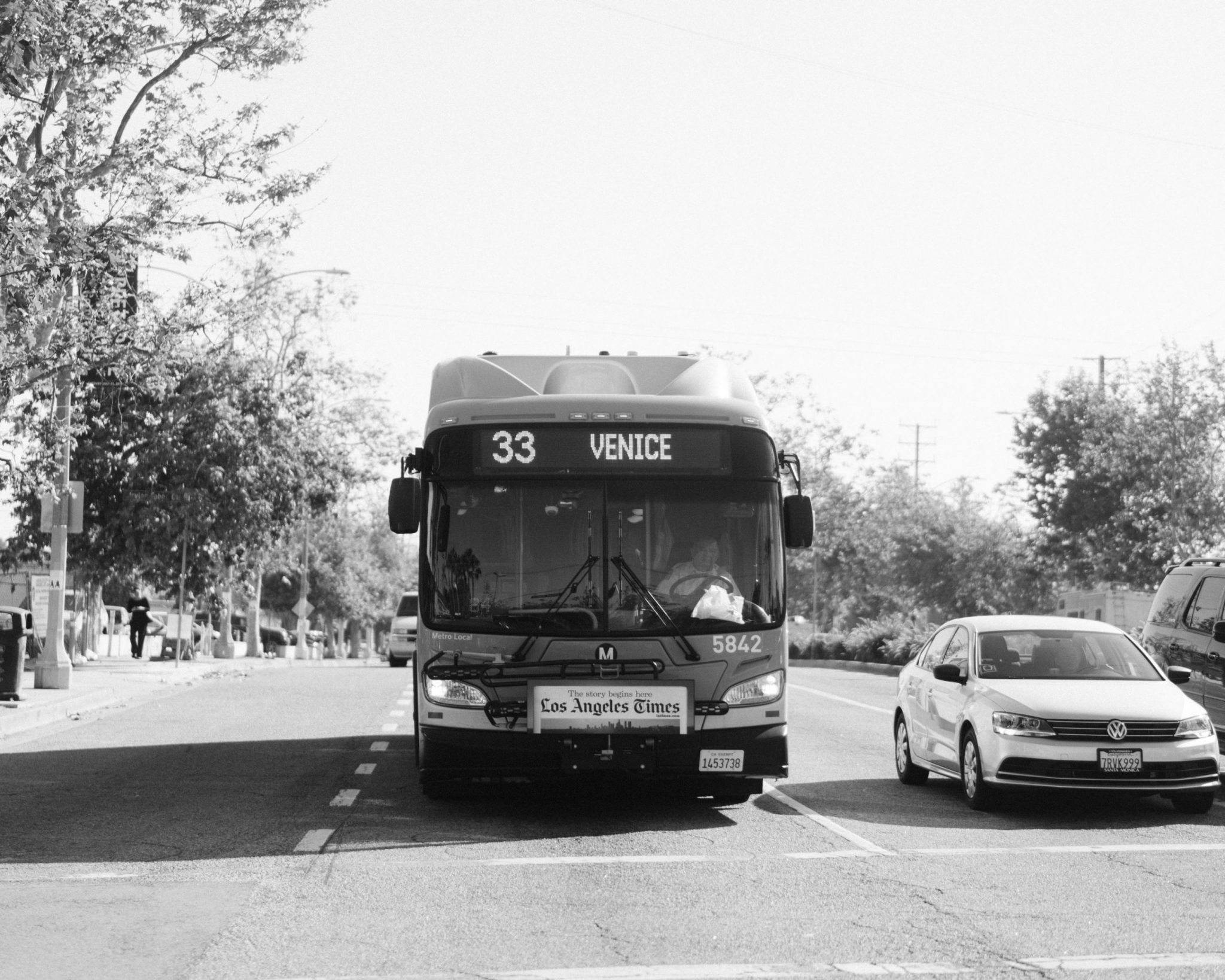
Views from Abbot Kinney Blvd. in Venice, California.
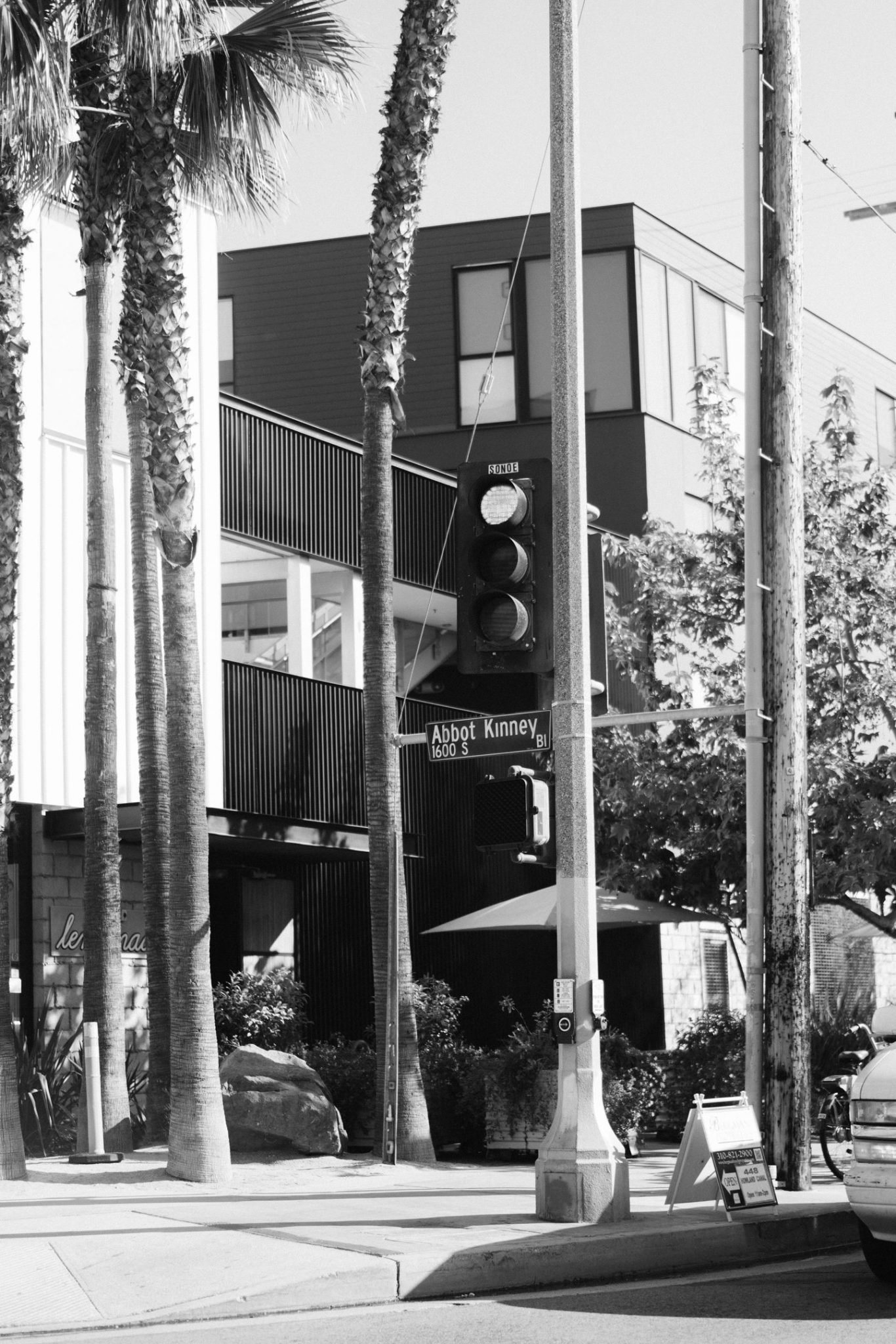
The corner of Venice Blvd. and Abbot Kinney Blvd. in Venice, CA.


























